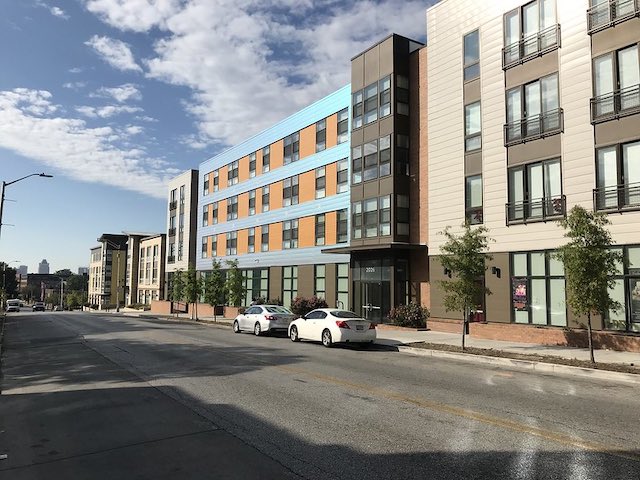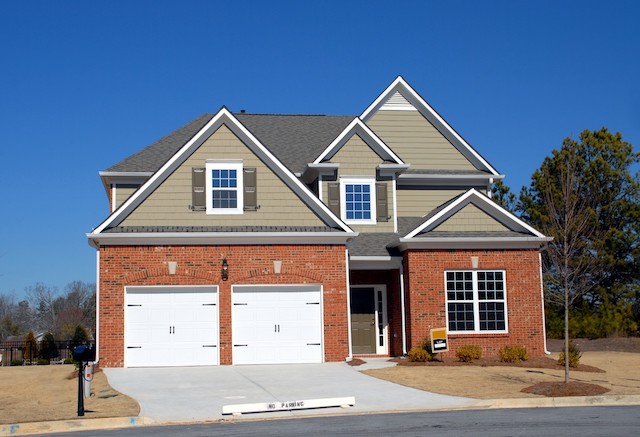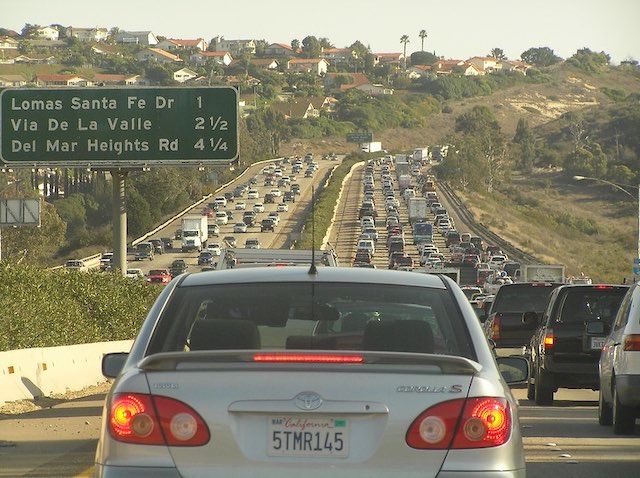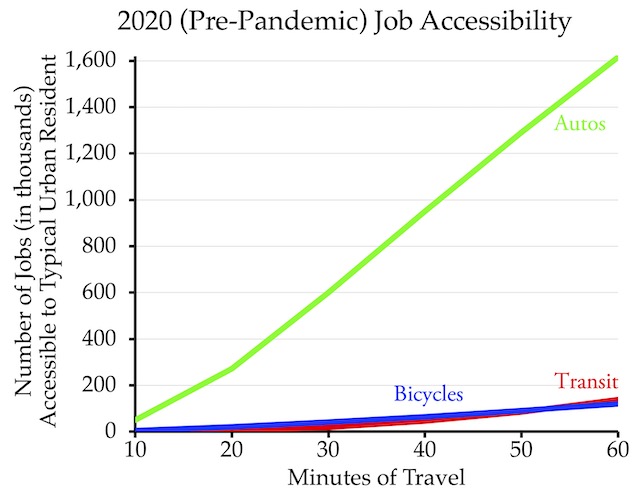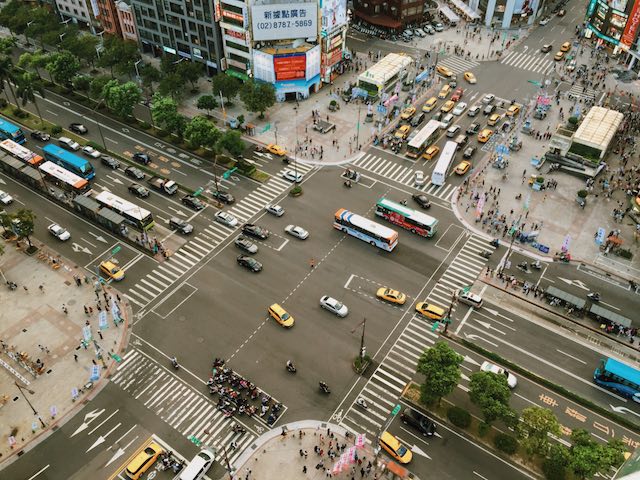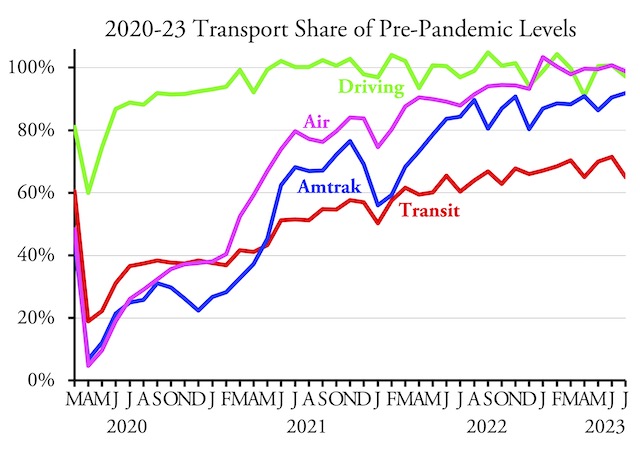Portland’s TriMet transit agency is attempting to serve a 2020s urban area with a 1910 transit system, says a new report published by the Cascade Policy Institute. The agency’s infatuation with rail transit underscores this problem, as rail transit makes no sense for rapidly evolving regions with multiple economic centers. TriMet’s current route map works well only for downtown employees: while more than 40 percent of downtown workers took transit to work before the pandemic, less than 3.5 percent of workers in the rest of the urban area used transit.
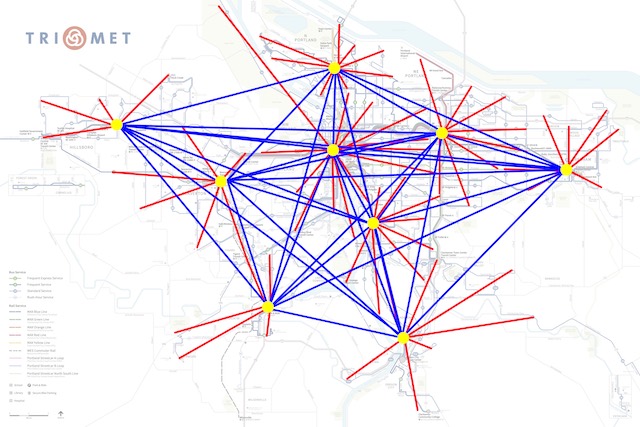
The Cascade Policy Institute report proposes to replace TriMet’s current bus route map with a hub-and-spoke system using nine hubs. Yellow circles are the hubs. Blue lines represent non-stop buses from every hub to every other hub. Red lines represent local buses radiating away from each hub. The lines are not exact routes and only show the origins and (in the case of the red lines) approximate destinations of each route. Click image for a larger view.
All of these problems were made worse by the pandemic, which hit rail transit especially hard and which greatly reduced the importance of downtown Portland as an economic center. According to the latest report, Portland’s downtown has the second-worst recovery of any of the nation’s 50 largest downtowns, with less than 40 percent the economic activity of the pre-pandemic period. Yet TriMet still wants to build two new light-rail lines to downtown even though the last line it opened gained no net new riders for the transit system. Continue reading →

